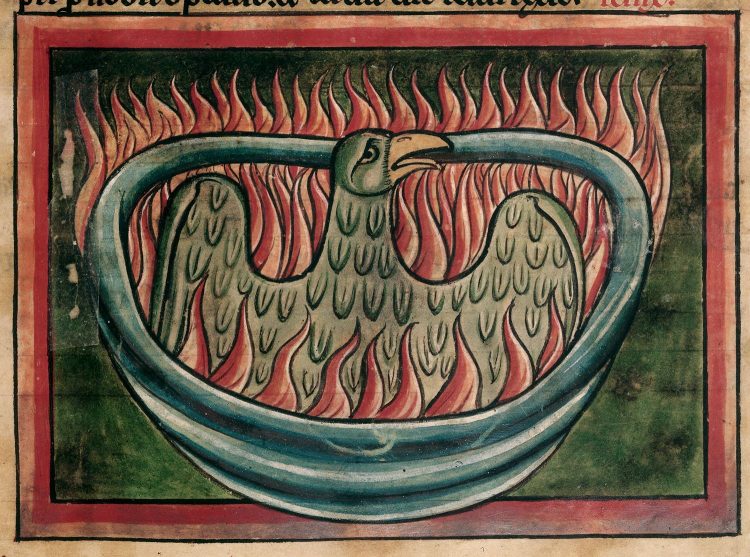As a long-standing Harry Potter fan, I was incredibly excited to attend the Press Preview of the British Library’s fascinating exhibition: Harry Potter: A History of Magic, which celebrates the 20th anniversary of the publication of J.K. Rowling’s Harry Potter and the Philosopher’s Stone.
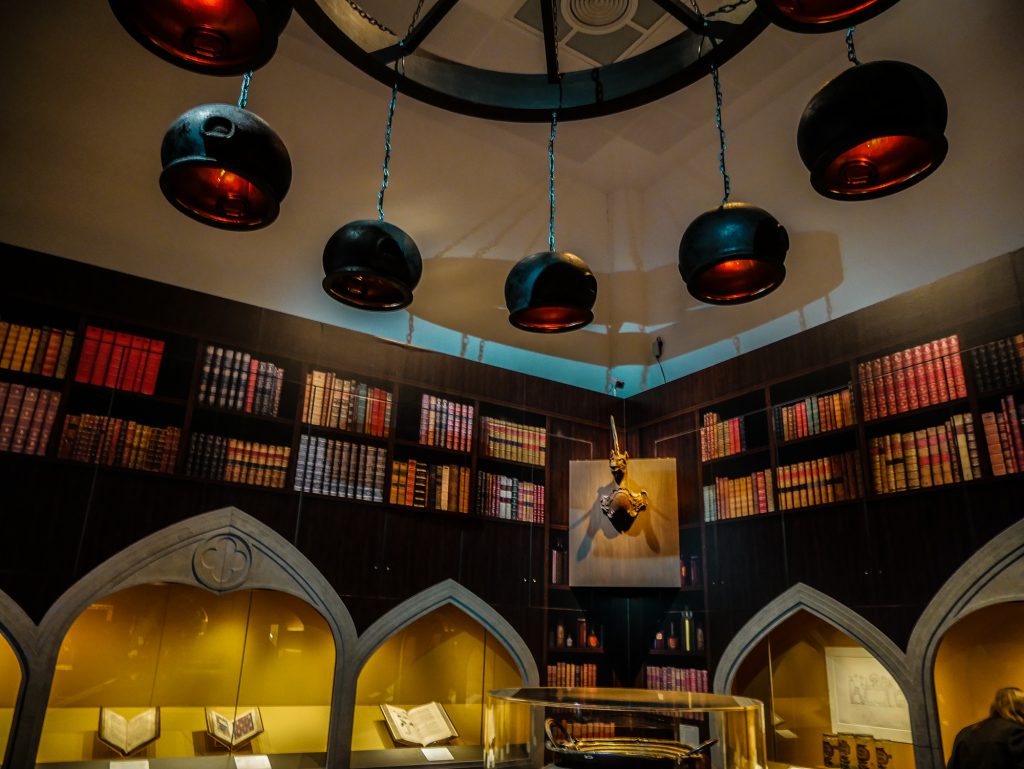
Bringing together magical objects, manuscripts and materials from J.K. Rowling and Bloomsbury’s collections (including J.K.Rowling’s annotated edition of Harry Potter and the Philosopher’s Stone), the exhibition provides a detailed insight into the global history of magic and folklore. Celestial music plays at the entrance, a snitch flits across the walls, hand-written drafts of the Philosopher’s Stone and the Half-Blood Prince are on display – it’s certainly a magical atmosphere.
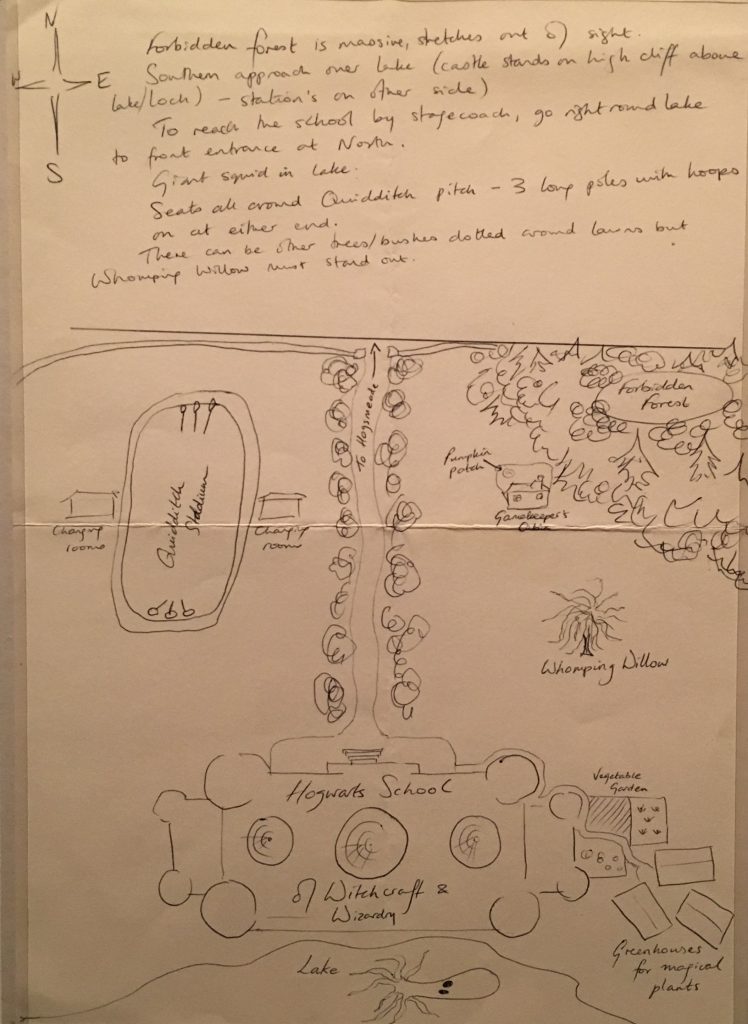
For Julian Harrison, Tanya Kirk, Joanna Norledge and Alexander Lock, the four curators of Harry Potter: A History of Magic, this exhibition is the culmination of three years of work. Early on in the process, it was decided that the exhibition would be themed around select subjects studied at Hogwarts, including Potions, Herbology, Divination, Care of Magical Creatures and Defence Against the Dark Arts. “We decided early on that this was a really good way into our collections,” Tanya says, “this enabled us to make the links between the history of magic and the books themselves.”
Marvellous manuscripts
The exhibition contains plenty of stunning manuscripts. One of my favourite highlights was the 16th century Ripley Scroll, a 6-metre long manuscript with instructions on how to make the Philosopher’s Stone. Covered with detailed depictions of monks, birds and dragons, the manuscript takes its name from George Ripley, the author of The Compound of Alchymy, which he dedicated to Edward IV in 1471.
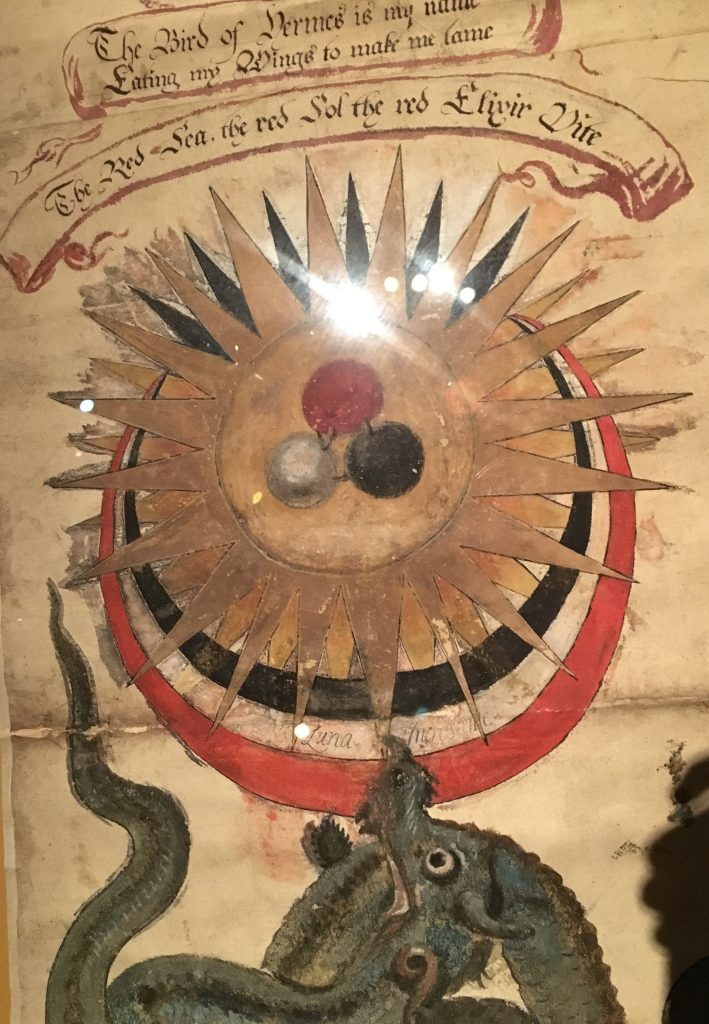
Jacob Meydenbach’s 15th century Hortus Sanitatis (The Garden of Health), is also on display. The first printed encyclopedia of natural history, it features a hand-coloured woodcut illustration of a Potions class.
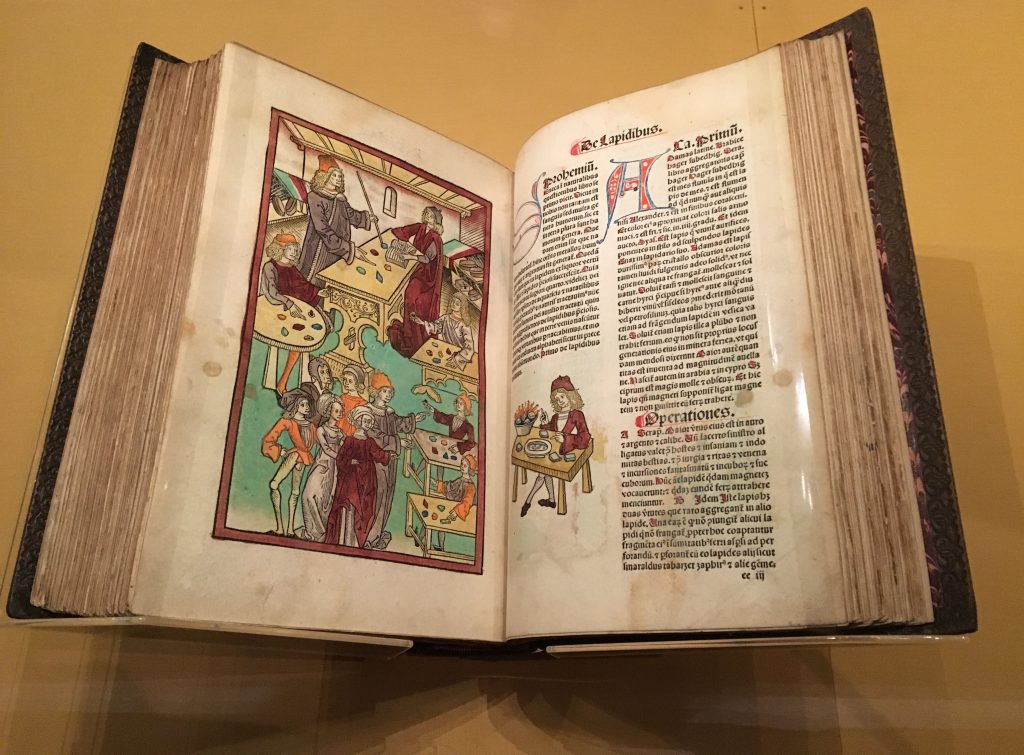
There’s also the 13th century Liber Medicinalis (Book of Medicine) which contains the first reference to the spell “Abracadabra” (see inside the triangle), which was thought to have healing powers. Some even thought it could cure malaria!
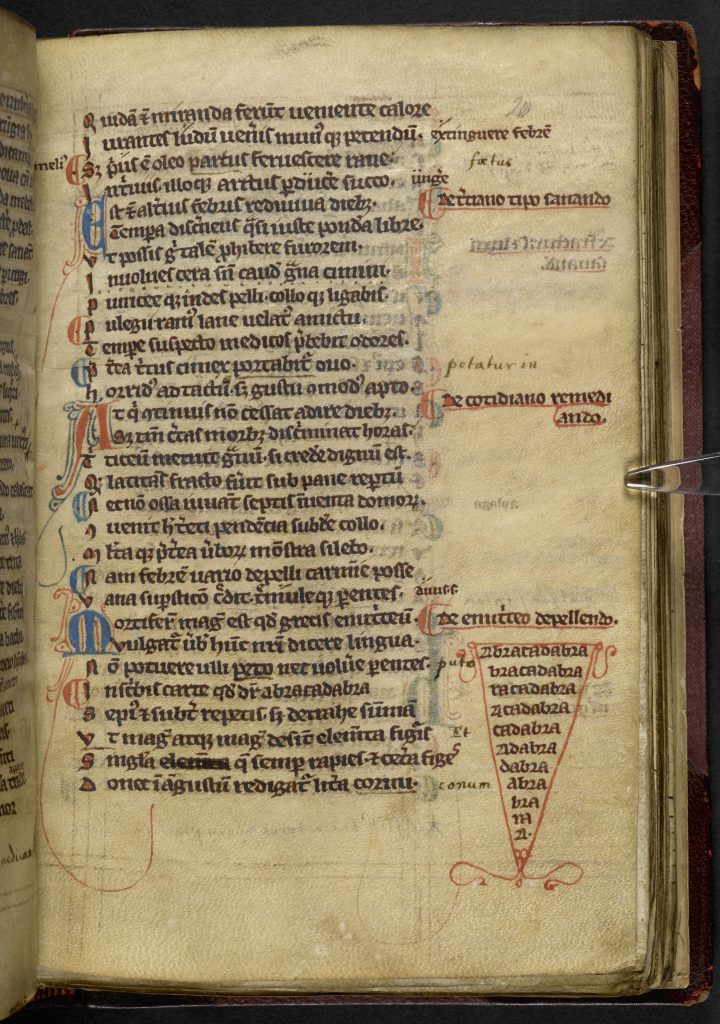
Harry Potter’s mythological world
Of course, the exhibition explores many connections to the mythology depicted in the Harry Potter books. A reference to mandrakes, the hideous screaming plant-animals described in Harry Potter and the Chamber of Secrets, is found in Giovanni Cadamosto’s 16th century illustrated encyclopaedia, known as a herbal.
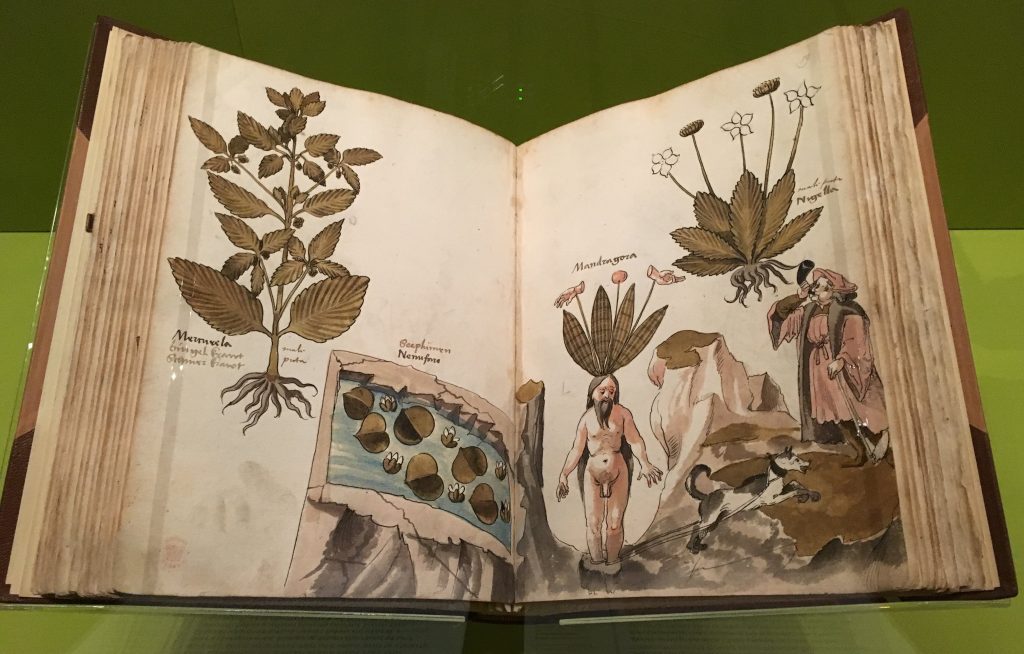
While the basilisk instilled terror in all those at Hogwarts in the Chamber of Secrets, one of the earliest references to the giant serpent is found in James Salgado’s 17th century work: A Brief Description of the Nature of the Basilisk, Or Cochatrie. Despite Salgado’s fearsome descriptions, the illustration of the dreaded monster is quite comical!
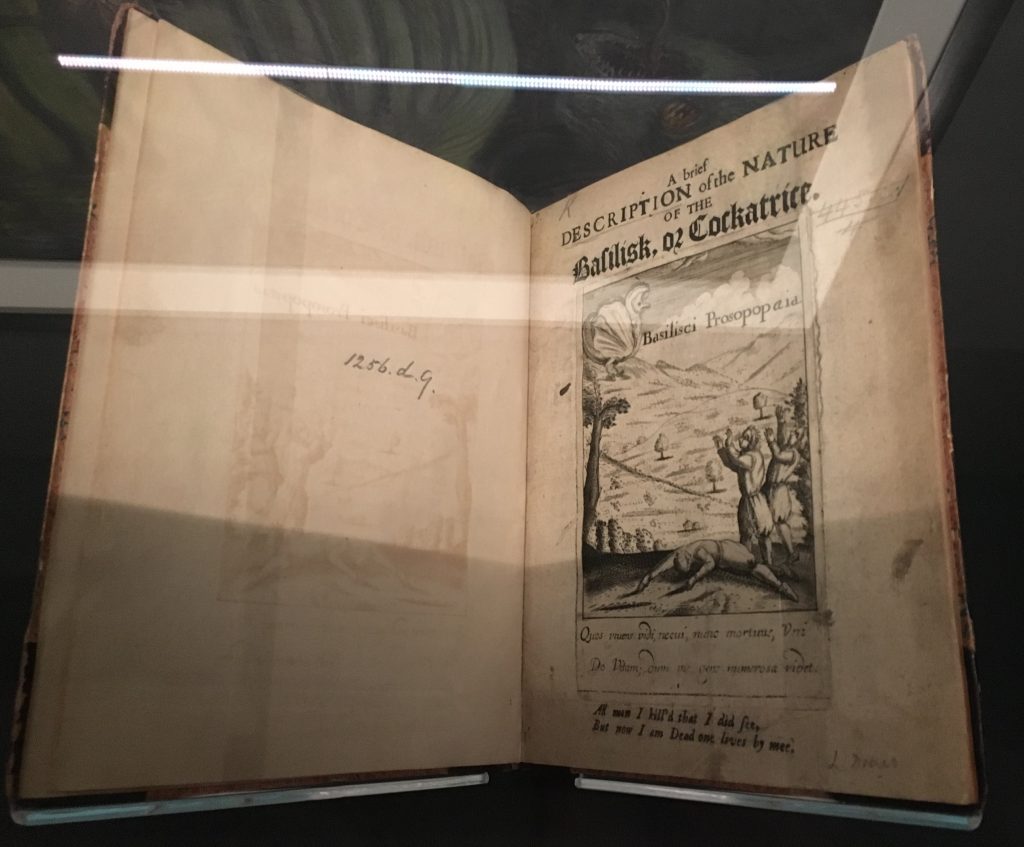
Unusual items
There are also some more unusual objects on display. At over 3,000 years old, the Chinese oracle bones are the oldest datable items in the British Library’s collection, and were used in divination rituals.
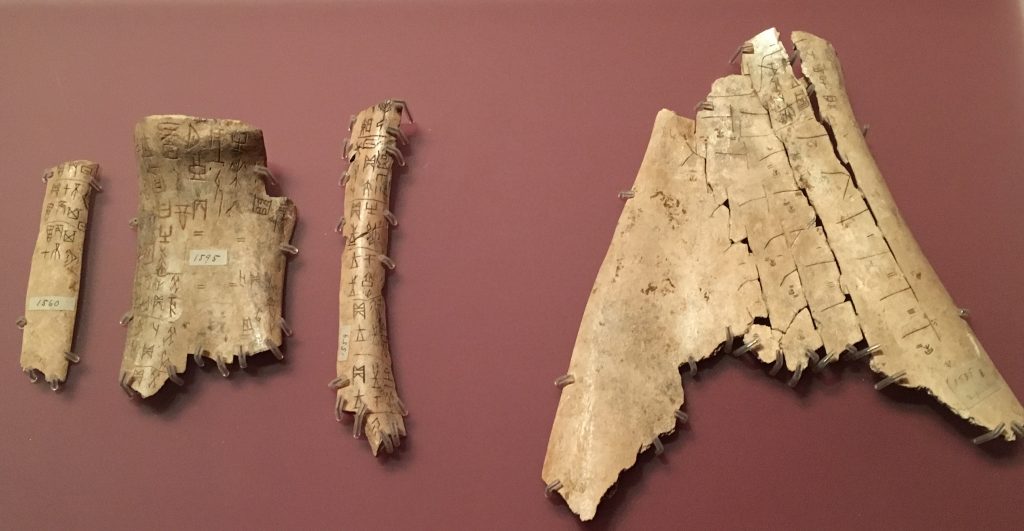
There’s also the tombstone of Nicholas Flamel, who features in Harry Potter and the Philosopher’s Stone. Nicholas Flamel was a real historical figure who made his fortune as a wealthy landlord in medieval Paris. Upon his death, rumours began to spread that he was an alchemist who had discovered the Philosopher’s Stone.
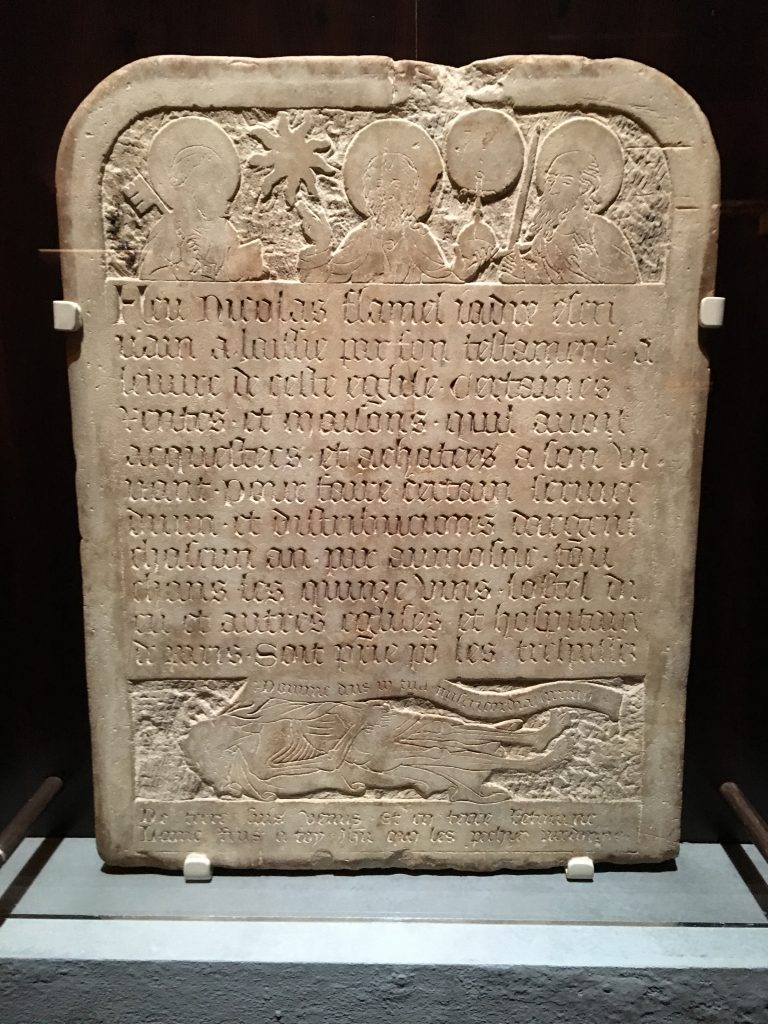
While the exhibition may not contain a Firebolt broomstick, it does contain the broomstick of the 20th century witch Olga Hurt, who used hers to tear around Dartmoor!
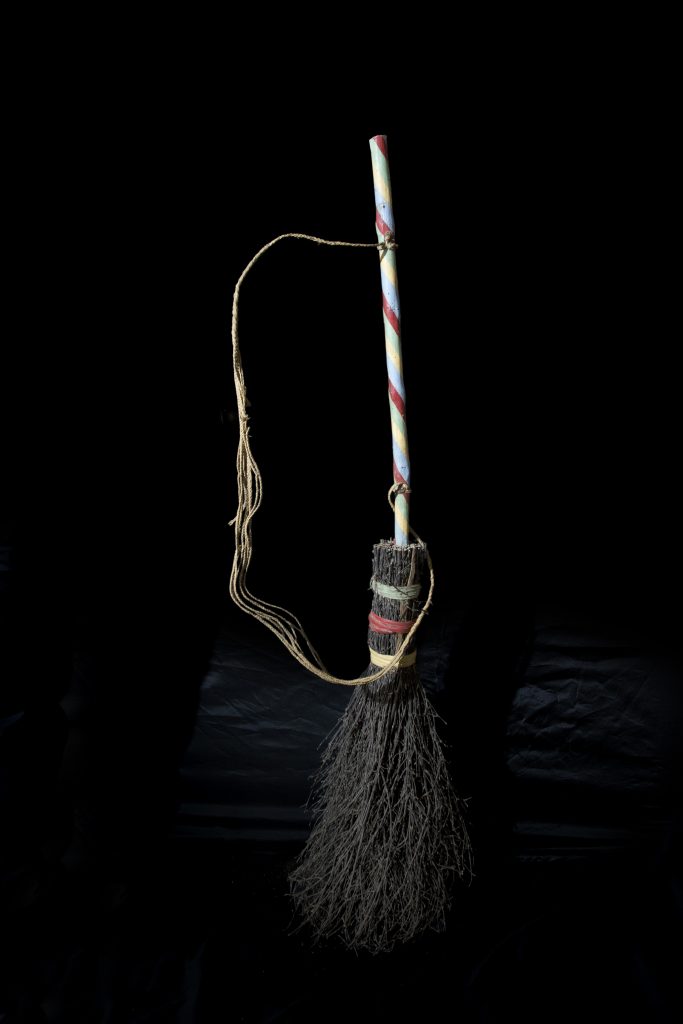
Perfect for Harry Potter fans of all ages, Harry Potter: A History of Magic is an exhibition not to be missed.
Harry Potter: A History of Magic is at the British Library from 20 October-28 February 2018. For more information, and to book tickets, visit the British Library’s website.
Featured image: A phoenix rising from the ashes in a 13th century bestiary. Copyright British Library

